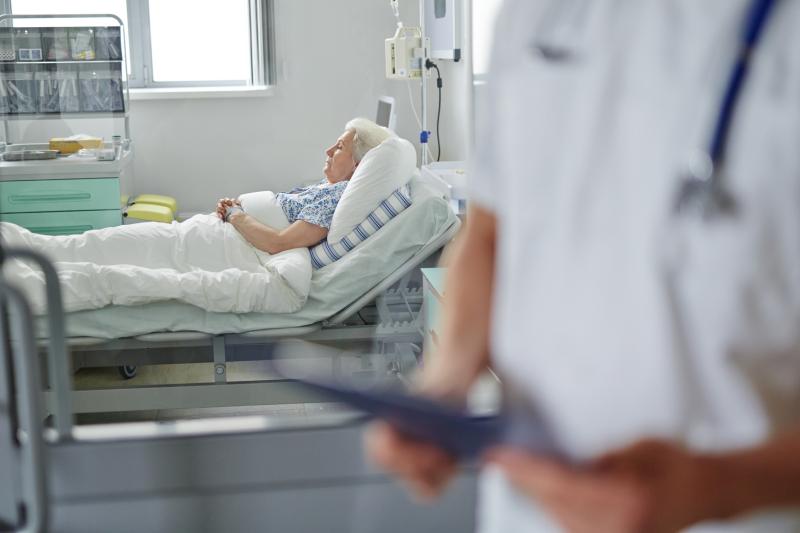 The accused nurses failed to respond to the patient’s ventilator alarm in a timely manner, resulting in her death
The accused nurses failed to respond to the patient’s ventilator alarm in a timely manner, resulting in her deathSome of the common causes of access to emergency departments (EDs) are hypertensive emergencies and hypertensive urgencies, with the latter occurring more frequently, results of a study have shown.
“Blood pressure (BP) levels alone do not reliably predict the presence of acute hypertension-mediated organ damage (aHMOD), which should be suspected according to the presenting signs and symptoms,” the investigators said.
This systematic review and meta-analysis examined the prevalence of hypertensive emergencies and hypertensive urgencies in EDs, as well as the relative frequency of aHMOD subtypes, and evaluated the clinical variables associated with aHMOD.
The investigators conducted a systematic literature search on the databases of PubMed, Ovid, and Web of Science from inception to 22 August 2019. Two independent investigators extracted study-level data for a random-effects meta-analysis.
Eight studies, including 1,970 hypertensive emergencies and 4,983 hypertensive urgencies, met the eligibility criteria. The prevalence of hypertensive emergencies and hypertensive urgencies was 0.5 percent and 0.9 percent, respectively (odds ratio, 2.5, 95 percent confidence interval, 1.4–4.3).
The most common subtype of aHMOD was pulmonary oedema/heart failure (32 percent), followed by ischaemic stroke (29 percent), acute coronary syndrome (18 percent), haemorrhagic stroke (11 percent), acute aortic syndrome (2 percent), and hypertensive encephalopathy (2 percent). BP levels at presentation showed no clinically meaningful differences.
Patients with hypertensive urgency were 5.4 years younger than those with hypertensive emergency and more often complained of nonspecific symptoms or headache. On the other hand, the latter more often had specific symptoms.